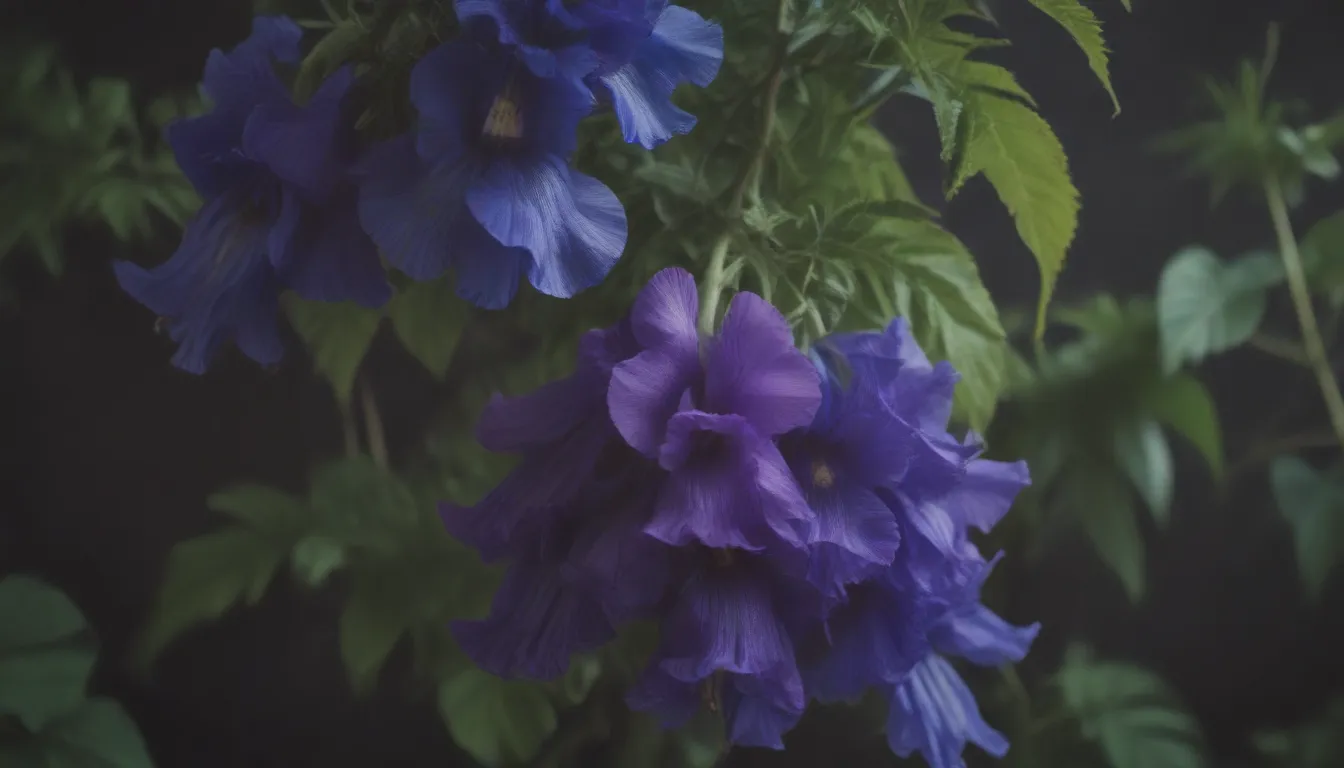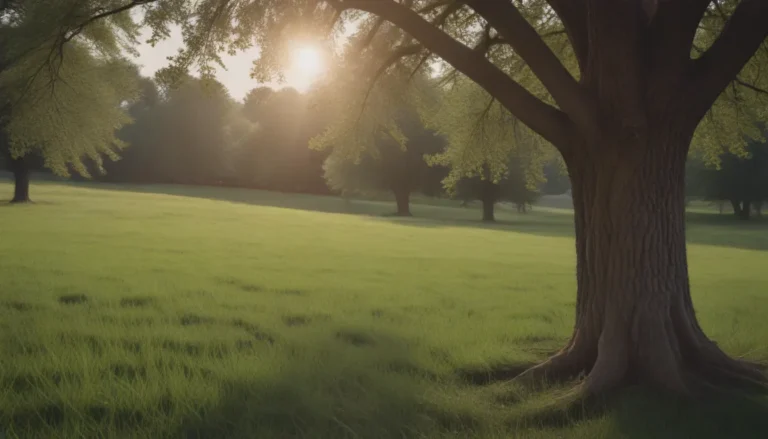A Comprehensive Guide to Growing and Caring for the Butterfly Pea Plant

If you’re looking to add a touch of vibrant color and exotic beauty to your garden, the butterfly pea plant, scientifically known as Clitoria ternatea, is a perfect choice. This tropical, perennial vine is renowned for its stunning blue, purple, and white flowers that not only add visual appeal to your garden but also have a variety of culinary and medicinal uses. In this in-depth guide, we will explore everything you need to know about growing and caring for the butterfly pea plant. So grab your gardening gloves and let’s dive in!
What is the Butterfly Pea Plant?
The butterfly pea plant is a climbing vine native to Indonesia, known for its striking flowers that are used to produce natural dyes. In addition to their aesthetic charm, butterfly pea plants also produce edible peas that can be harvested when young. This short-lived perennial thrives in USDA zones 9 to 11 but can be grown as an annual in colder regions or in pots for indoor cultivation.
- Fun Fact: Flowers of the butterfly pea plant have little flavor but are highly valued for their vibrant color. When added to water, the flowers turn liquids blue and when combined with citrus beverages, they create a stunning purple hue.
Planting the Butterfly Pea
When to Plant
- Start seeds indoors 8 to 10 weeks before the final frost in your growing zone or directly sow them in the garden in early spring for zones 9 and higher.
- Plant purchased seedlings in the garden once the average air and soil temperatures reach 60 degrees F.
Selecting a Planting Site
- Choose a sunny location that receives 6 to 10 hours of direct sunlight daily.
- Ensure the soil is well-draining to prevent waterlogging.
Spacing, Depth, and Support
- Direct sow seeds about 1 inch deep and 3 to 4 inches apart, or plant seedlings 6 to 10 inches apart.
- Provide support such as a trellis or fence for the vines to climb.
Butterfly Pea Plant Care
Light
- Butterfly pea plants thrive in bright, direct sunlight for 6 to 10 hours daily. Ensure they are not shaded by overhead structures or neighboring plants.
Soil
- These plants are tolerant of various soil types but prefer fertile, slightly sandy, and well-draining soils with a pH of 6.0 to 8.0.
Water
- Seedlings benefit from 1 inch of water per week, while established plants are drought-tolerant and only need supplemental irrigation in hot, dry conditions.
- Avoid wetting the leaves to prevent fungal infections like powdery mildew.
Temperature and Humidity
- Butterfly pea plants prefer moist air and thrive in temperatures between 70 and 100 degrees F. They are hardy in zones 9 to 11 and can be grown as annuals in colder climates.
Fertilizer
- Add well-aged manure, compost, or a balanced NPK fertilizer at planting. For increased bloom, use a liquid fertilizer higher in phosphorous and potassium twice a year after pruning.
Pollination
- Butterfly pea plants are self-pollinating but may benefit from bee assistance for optimal fruit production. Indoor plants may require hand pollination for fruiting.
Harvesting and Propagation
Harvesting
- Butterfly pea plants are primarily grown for their flowers, which can be harvested fresh, wilted, or dried to extract the vibrant pigments.
- Peas are edible when harvested young, and seeds can be collected from dried pods for propagation.
Propagation
- Butterfly pea plants can be easily propagated from cuttings taken from mature plants. Potting soil and a deep container are all you need to start new plants.
Repotting
- Annual repotting is recommended to replenish soil nutrients, with plants requiring larger containers as they grow. Use fresh potting material and water thoroughly after repotting.
Overwintering and Common Issues
Overwintering
- In colder climates, bring potted plants indoors when temperatures drop below 60 degrees F. Place them in a sunny spot, maintain humidity levels, and prune as needed.
Common Pests and Diseases
- The butterfly pea plant is relatively resistant to pests and diseases, with spider mites and aphids being occasional nuisances. Avoid overwatering to prevent rot and mildew.
By following these tips and guidelines, you can enjoy the beauty and benefits of growing butterfly pea plants in your garden. Whether you’re a seasoned gardener or a novice plant enthusiast, cultivating these stunning vines will add a touch of tropical charm to your outdoor space. So why not give the butterfly pea plant a try and watch as your garden blooms with vibrant colors and natural elegance!





